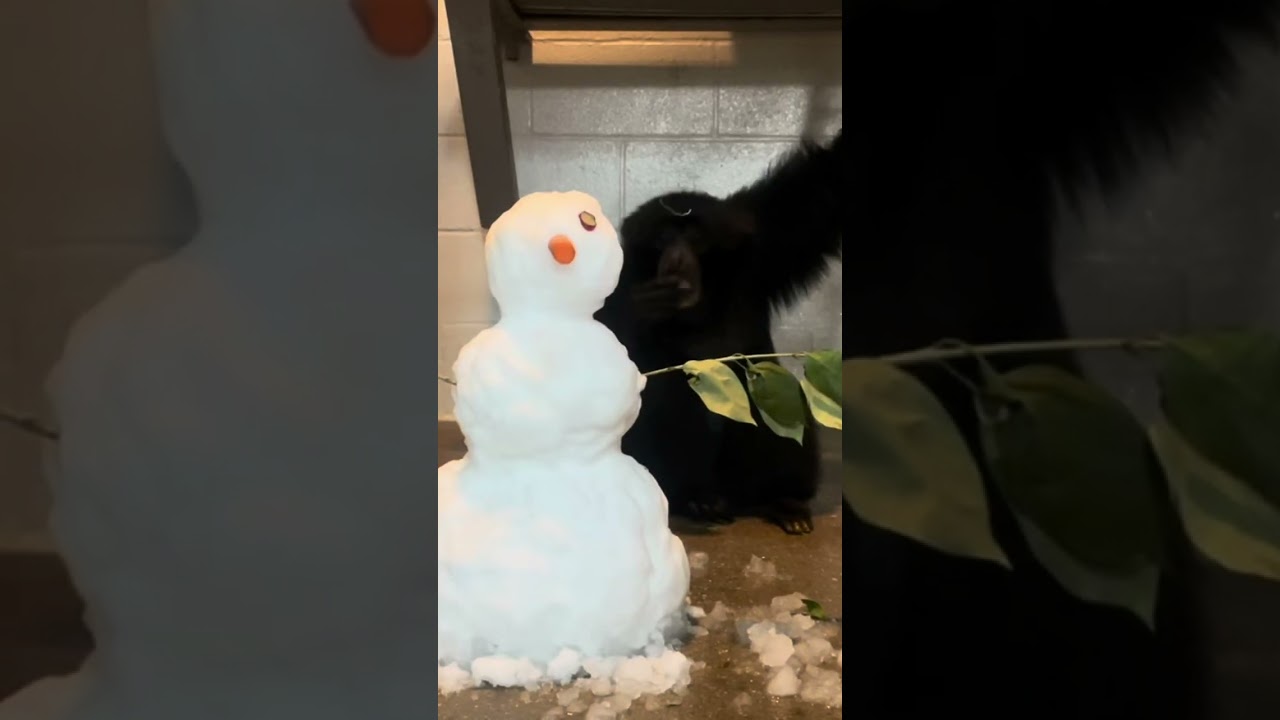- Experience of primates with snow at Audubon Zoo
- Insights into primate behavior and enrichment
- Significance of environmental enrichment in zoo settings
- Zoo management practices for primate care
- Role of zoos in wildlife conservation
The Audubon Zoo in New Orleans recently provided its primates with an unforgettable experience—an encounter with snow. This event captured the attention of zoo visitors and online audiences alike, offering an ample opportunity to discuss the zoo’s innovative approach to animal care and enrichment. When the primates received their surprise snowy visitors, the experience delivered several important insights into animal behavior, the importance of systematic enrichment, and the responsibilities involved in zoo management.
The primates at Audubon Zoo exhibited fascinating engagement with snowfall—an element foreign to their typical environment. Primates, including chimpanzees, orangutans, and gorillas, are known for their intelligence, curiosity, and complex social structures. As such, they thrive on diverse and stimulating environments. This snow-themed enrichment provided sensory stimulation, promoted natural exploratory behavior, and even encouraged social interaction among the troop. Enrichment activities like these are pivotal in captive settings as they mimic challenges the animals might face in the wild, keeping them physically active and mentally sharp.
What the snow event highlighted was the creativity that can be employed in zoo environments to foster animal well-being. Environmental enrichment is designed to provide behavioral, structural, cognitive, and sensory stimulation. In this instance, the snow was a form of tactile enrichment. Observing the primates’ reactions to the snow, such as touching, tasting, and playing with it, offered valuable behavioral data for the zoo’s staff. This kind of data aids in refining enrichment strategies and ensuring that they align with each species’ specific needs.
Zoo management involves much more than simply housing animals. Effective zoo management requires diligent attention to the animals’ physical and psychological health. Ensuring enrichment is part of this care. Audubon Zoo’s dedication to creating enriching environments is evident in their innovative practices. By presenting snow, they provided a commentary on adaptability and creativity in maintaining animal welfare in zoos. Moreover, adapting such unique enrichment ideas demands comprehensive planning—from ensuring the primates are safe during the activity to managing visitor expectations and logistical considerations. These practices underscore the professionalism and commitment of modern zoos toward animal welfare.
In the broader context, zoo-based enrichment parallels the kind of problem-solving that animals in the wild practice, fostering both physical health and cognitive development. This enrichment is crucial not only for animals’ well-being but also for engaging the public in a meaningful manner. In recent years, zoos have embraced their role as conservation educators, helping the public understand ecological and species-specific issues. They act as stewards of nature, offering familiarity and connection with wildlife, which is critical to conservation advocacy.
The Audubon Zoo’s snow event was more than a spectacle—it highlighted the critical role zoos play in wildlife conservation. Modern zoos are not merely recreational venues; they are active participants in population management for endangered species, conduct research initiatives, and facilitate educational programs to foster a conservation ethic among their visitors. Initiatives like snow days engage public interest and underscore the importance of innovative practices in conserving wildlife. By exhibiting the primates’ interactions with snow, the zoo connected with its audience on an emotional level, fostering a sense of wonder and enhancing understanding.
In sum, the snow event for primates at Audubon Zoo serves as a remarkable example of creative enrichment, comprehensive zoo management, and impactful conservation communication. Engaging environments, innovative practices, and dedicated zoo professionals come together to show how captive animals’ lives can be both fulfilling and educational for all involved—animals, caretakers, and the public alike. This event stands as an illustration of the ever-evolving commitments of zoos in their crucial journey toward enhancing animal care and promoting wildlife conservation.
*****
Source Description


